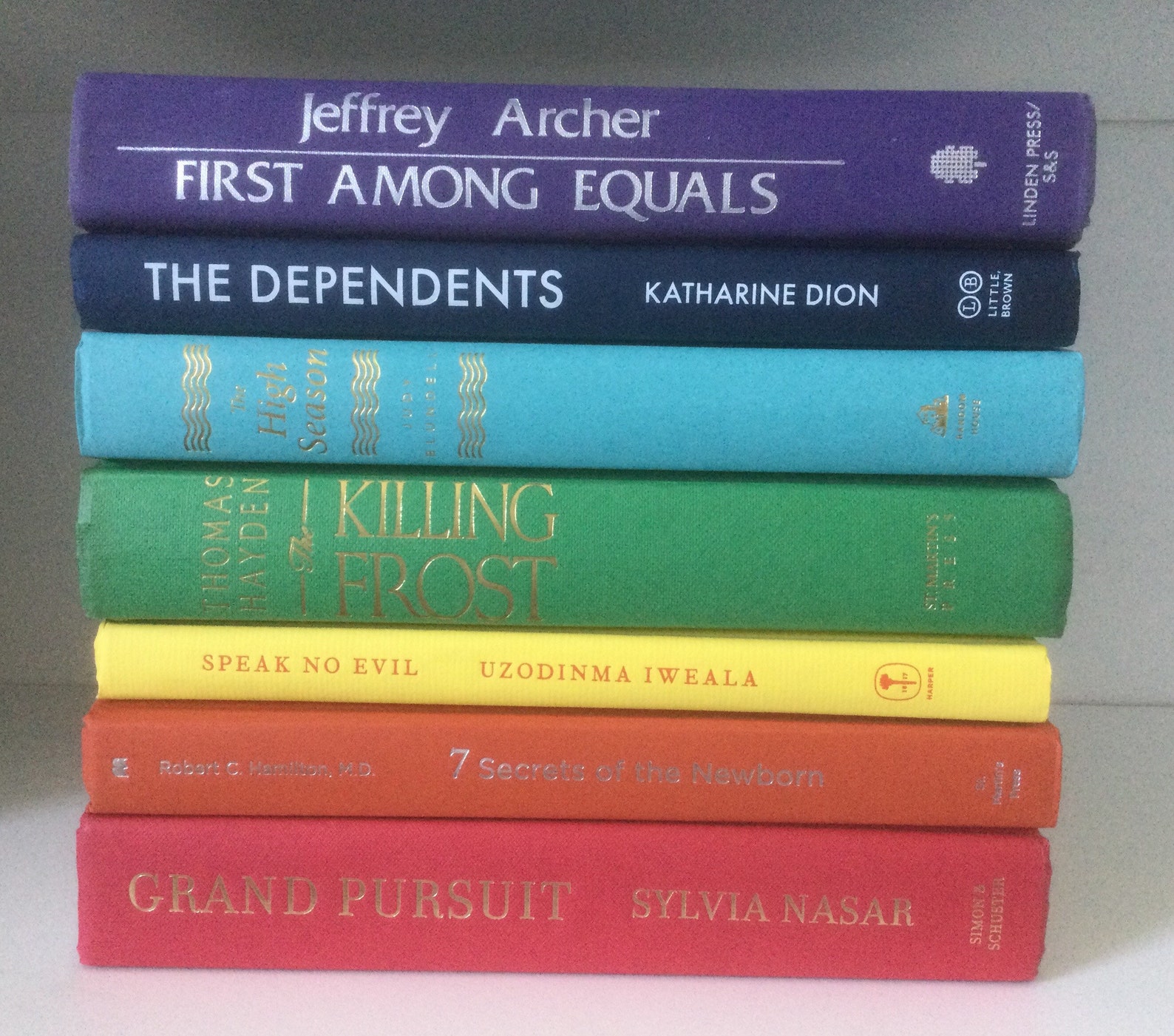

Professional books, such as law books, medical texts, or engineering or architectural books.This type of binding is especially used for books that will be kept for years to come, such as: For what kind of books is hardback binding typically used? Types of finishes for hardcover bindingĪ case can be used to add extra protection, but is generally used for a much more aesthetically appealing look. This is achieved by offering a wide variety of finishing options that are not available with other types of binding. Hardcover binding is also distinguished from other binding options by its ability to give books a unique look and feel. Whether they sit on the shelf unread for a long time or receive constant use, they are made to stand the test of time. Hardbound books offer many advantages over other types of binding, but two stand out above all: quality and durability. Binding in hardback with other cover typeĪdvantages and disadvantages of hard cover binding.If you are thinking of using hardcover binding for your book printing, you should know that there are different types of hardcover binding, here are some of them: What types of hardcover binding are there? This is the space on the inside margins of the pages where the book is bound. The hinge allows the book to open freely without damaging the spine. An area next to the spine that is folded when the book is opened. The flyleaf is a blank page next to the end sheet. This is a white paper that is glued to the inside cover of the book.

It consists of cardboard and a glossy or matt laminated printed text material. The cover is a key ingredient in giving paperbacks their durability. What is the process of hardcover binding?

If you are thinking about printing a book and you are considering hardback as an option, in this article we tell you the most important aspects about hardback binding, when it is convenient, when it is not, what kind of finishes can be used, among many other details that will undoubtedly be of great help. Hardcover binding is perhaps the binding method most prized by book lovers, as it gives any work a unique and magical look, unlike other types of binding. It also has more components than other binding methods: Hardcover binding is a longer and more complex binding process. Essential components for hard cover binding They are glued to the book block and to the inside covers. The endpapers are used to hold the pages in place, they can be plain or printed. The next part of the process is to add the cover, which is made up of several elements. Headbands and tailbands can be added for a more attractive look. This is glued to a flexible material that becomes the inside of the spine. These are sewn together with thread to create a book block. Printed sheets are folded to create groups of pages, known as signatures. The hardcover binding method is known as box binding. What should the size of a book be in order to bind it in hardback?.What is the minimum number of pages for hardcover binding?.When is it recommended to choose hardback as a binding method?.Frequently asked questions about hardcover binding.What other types of binding are there besides hardcover?.For what kind of books is hardback binding typically used?.Types of finishes for hardcover binding.Advantages and disadvantages of hard cover binding.What types of hardcover binding are there?.Essential components for hard cover binding.What is the process of hardcover binding?.These books are held in special collections libraries and by private collectors across the United States. Storage: Custom slipcases and clamshell boxes are available for all materials, and in editions for galleries, publishers, and artistsĪrtist's books: editions of hand-bound artist's books are created in the studio and are currently for sale. Onsite evaluation is available for large collections and universities. These treatments restore historic texts to fine condition, using archival materials and sensitive and professional evaluation. Script, screenplay, and thesis binding guidelines.Ĭonservation: the repair, restoration, and preservation of historic volumes includes printed, manuscript, and bound items in leather, vellum, cloth, and paper, from the 16th century to today, including maps and letters. Finely bound presentation copies and historically-styled prop books are available to meet all specifications.
HARDCOVER BOOKS SERIES
Whether seeking a custom-designed structure to hold a series of contemporary prints or photographs or a skilled historic conservation of a rare 17th century leather binding, every aspect of the book, from paper to structure, is considered and constructed to meet the individual job specifications.īookbinding: projects that use contemporary materials include single and editions of artist's books and editions of hardcover bindings up to 200, and printed and bound scripts and theses.


 0 kommentar(er)
0 kommentar(er)
